- Overview
- Symptoms
- Causes & Risks
- Diagnosis
- Types
- Major Depressive Disorder
- Treatment
- Antidepressants
- Treatment-Resistant Depression (TRD)
- Living With
- Recovery & Relapse
- Complications
- Caregiving & Support
- Appointment Prep
- View Full Guide
Breaking Through: 8 High-Tech Treatments for Chronic Depression

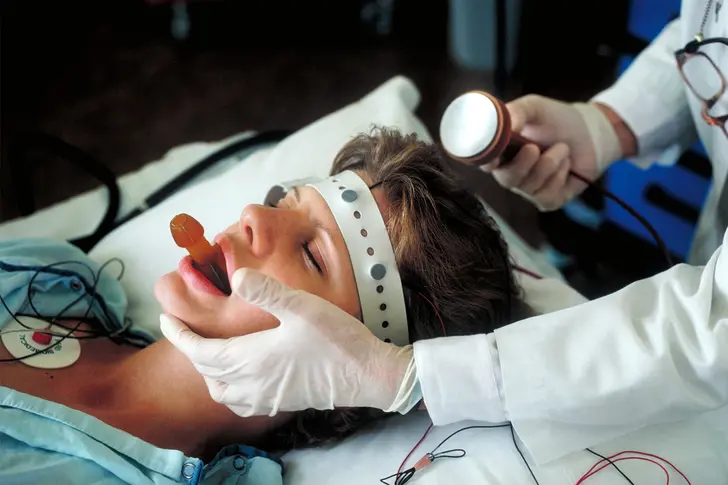
Electroconvulsive Therapy (ECT)
Electroconvulsive therapy is one of the most effective methods of treating depression that won't respond to other therapies. ECT has been used since the 1940s for severe depression, but it has some risks. It is given under anesthesia and induces a seizure by electrically stimulating the brain. A recent study may help scientists develop treatments that provide the same benefits without the risks. In the study, mice who received ECT grew new brain cells in the area of their brain affected by the seizure.
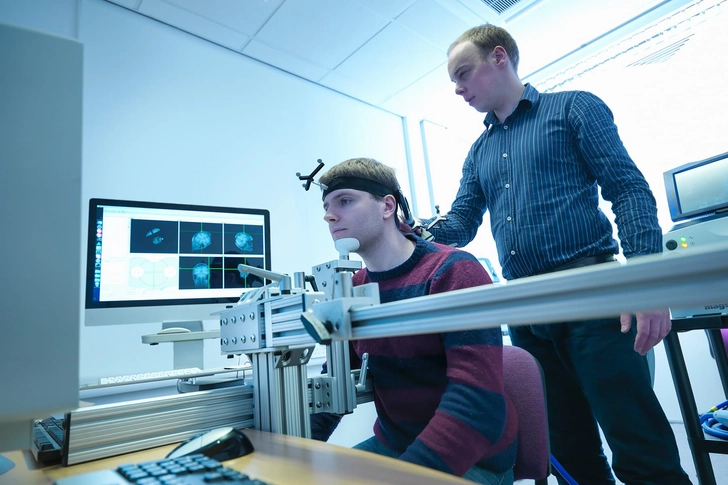
Transcranial Magnetic Stimulation (TMS, or rTMS)
TMS uses magnetic fields to stimulate nerve cells in your brain to help relieve symptoms of depression. An electromagnetic coil is placed against your scalp to deliver a painless magnetic pulse that stimulates nerve cells in the part of your brain that controls mood and depression. Because it's noninvasive, it doesn't require surgery or anesthesia.
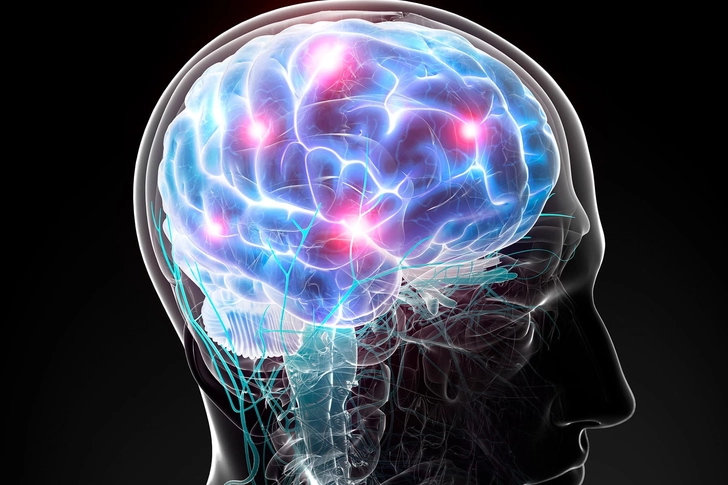
Transcranial Direct Current Stimulation (tDCS)
The noninvasive therapy tDCS uses two electrodes to deliver a weak current to specific areas of your brain. Treatments are done on consecutive days for a week or longer. Right now, tDCS is only available in research studies, but its results so far have been promising. Multiple studies have found it to be effective for acute treatment of major depression.
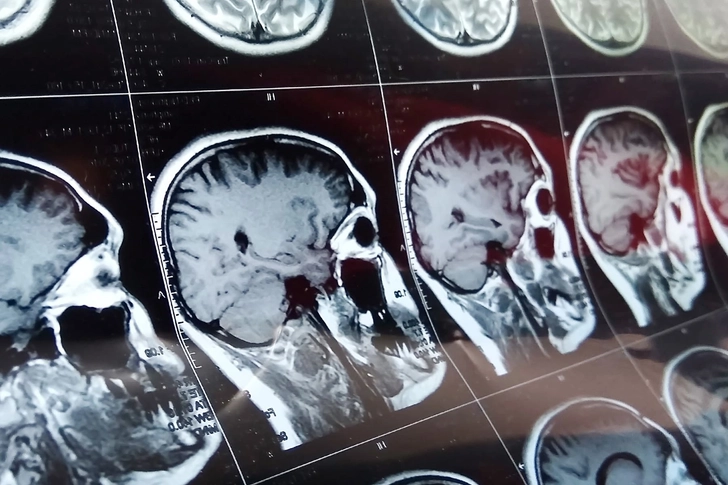
Magnetic Seizure Therapy (MST)
MST uses a magnetic coil to deliver high-intensity magnetic field impulses to very specific regions of your brain. These impulses cause you to have a seizure. It's being studied as a treatment for depression, psychosis, and obsessive-compulsive disorder. Recent research on MST has shown that continued use of it may help prevent a relapse of depression.
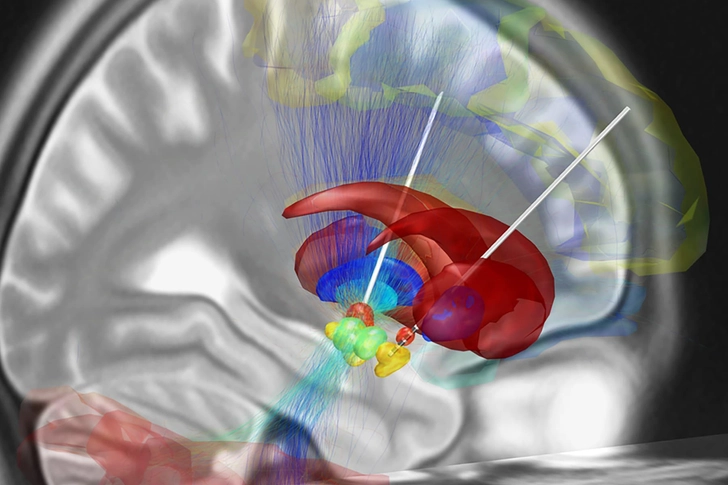
Deep Brain Stimulation (DBS)
DBS is currently being studied as a therapy for treatment-resistant depression. This invasive procedure involves implanting one or more electrodes into your brain. The electrodes are attached to a pulse generator beneath your skin. Stimulating these deep brain centers has been shown to help with treatment-resistant Parkinson disease. DBS requires surgery and has more risks than noninvasive techniques.
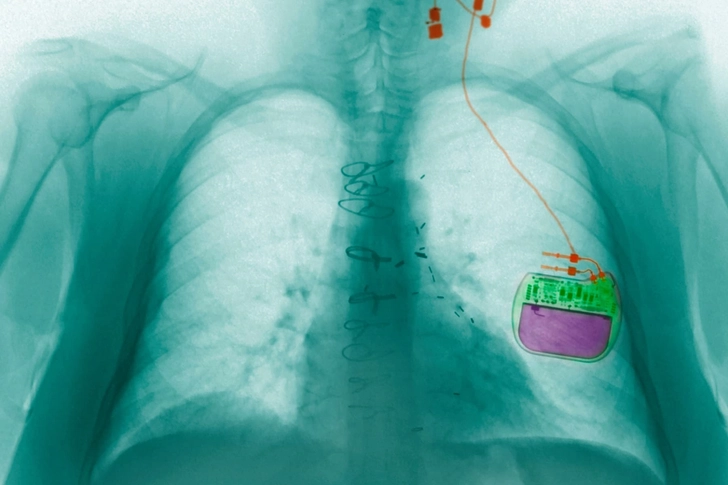
Vagus Nerve Stimulation (VNS)
VNS is an invasive treatment that's currently available. VNS is performed by implanting a battery-powered pulse generator in your chest wall and attaching it to an electrode that is attached around one vagus nerve. VNS is an established treatment for a specific type of epilepsy, but it hasn't been rigorously studied to treat major depression.

Low Field Magnetic Stimulation (LFMS)
LFMS is a new, experimental treatment for depression and anxiety. LFMS uses a combination of low-strength, high-frequency electromagnetic field pulses to improve your mood. Unlike most other treatments for depression, LFMS works almost immediately, which indicates it works differently than other types of therapies. Currently, studies are underway to evaluate LFMS for other uses such as PTSD as well.
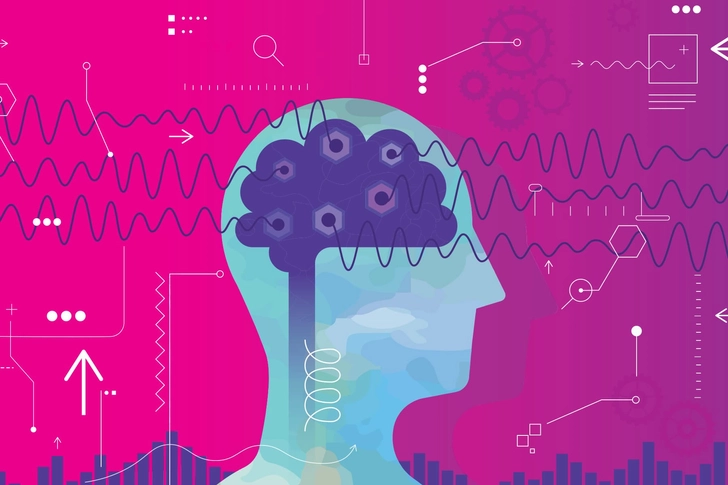
Cranial Electrical Stimulation (CES)
CES is a noninvasive treatment that uses a battery-powered device to deliver a weak alternating current to the brain with electrodes attached to the scalp or other parts of your head. CES has been approved by the FDA to treat depression, but no high-quality studies have shown that it effectively treats major depression.
PHOTO CREDITS:
1. Will Mcintyre / Science Source
2. Will Mcintyre / Science Source
3. Image Source / Getty Images
4. Science Source Library / Getty Images
5. iStock / Getty Images
6. Andreashorn / Wikipedia
7. Image Source / Getty Images
8. DigitalVision / Getty Images
9. DigitalVision / Getty Images
SOURCES:
Johns Hopkins Medicine: "How ECT Relieves Depression."
Mayo Clinic: "Transcranial magnetic stimulation."
UpToDate: "Unipolar depression in adults: Overview of neuromodulation procedures."
UC San Diego Health: "Magnetic Seizure Therapy may be Attractive Alternative to Electricity."
McLean Hospital: "Low Field Magnetic Stimulation."